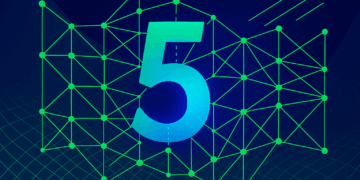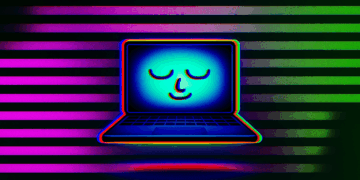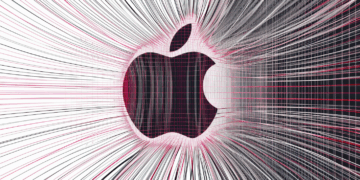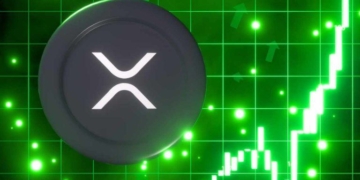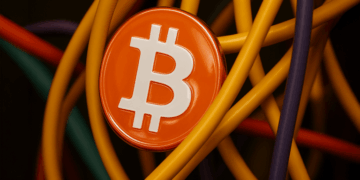Worldwide, businesses are waking up to the benefits of immersive technology in the enterprise. Teams are using digital twins to boost innovation and efficiency, and turning to XR headsets and the metaverse for training, collaboration, and hybrid workplace improvements. XR hand and eye tracking technologies are becoming increasingly valuable for that last use case.
Sensors that track eye, hand and body movements, as well as surroundings aren’t just making it easier for professionals to interact with digital content without controllers. They’re helping to make virtual collaboration more vivid, realistic, and inclusive.
User tracking solutions are even helping businesses access new insights into how they can improve engagement, transform training experiences, and streamline processes in XR. Here’s how XR hand and eye tracking solutions are revolutionizing the workplace.
The Benefits of XR Hand and Eye Tracking Tech
As the workplace becomes more “distributed” XR devices have emerged as the ultimate way to bridge the gaps between teams. In extended reality, people can interact face-to-face (or avatar to avatar) with their colleagues, build 3D prototypes, and even dive into team-building opportunities.
It’s a world apart from just logging into a meeting on Microsoft Teams or working on a cloud-based document at the same time as a colleague. But in the past, there were hurdles to full immersion. Using a clunky controller to navigate a prototype or annotate a document doesn’t feel natural.
Fortunately, the rise of spatial computing solutions, combined with eye and hand tracking, motion tracking, and even haptic sensors, is changing the game.
These solutions are empowering teams to truly work together as though they were in the same physical space, boosting accuracy, efficiency, and team cohesion.
Here’s how XR hand and eye tracking tech makes a difference:
1. Improving Communication
A lot of human communication is nonverbal. We rely on body language, facial expressions, and gestures to “connect”. But most traditional communication tools for remote teams only capture a fraction of these cues. XR hand and eye tracking solutions allow avatars to replicate real human characteristics virtually, reducing misunderstandings.
In apps like Microsoft Teams Immersive spaces, people can communicate with live reactions, wave to a colleague, or give them a thumbs up, without pressing a controller button. In collaborative sessions, eye-tracking sensors can also pinpoint exactly where a person is looking, zoom in on details, and improve clarity.
Tracking solutions can also provide companies with data that they can use to improve communication workflows. For instance, companies can use intelligent tools to track when participants in a meeting show signs of frustration or confusion, pinpointing possible hurdles to overcome.
2. Optimizing Collaboration with XR Hand and Eye Tracking
One of the biggest benefits of enhanced XR hand and eye tracking in the virtual workspace – as well as all forms of tracking for that matter, is the ability to improve collaboration. In the manufacturing industry, for example, depth sensors, spatial mapping tools, and hand and eye tracking solutions allow companies to work together in “digital twin” environments on prototyping projects.
Vehicle designers can reach out and interact with virtual blueprints, reshape a 3D object with their hands, or re-position components in real-time. Add haptic feedback into the mix, and they can actually feel the weight of those components in their hands.
Thanks to advanced eye tracking, a user’s glance alone can manipulate menu options or highlight a feature for the group. A great example is Siemens, who partnered with BILT to create 3D intelligent instructions for the Vision Pro headset, which allows workers to rotate, zoom, and annotate digital twins with hand and eye tracking capabilities.
When multiple remote users each have their own tracked, life-like avatars, the project becomes a group effort – everyone can “touch” the model simultaneously and work together on solving problems and accelerating innovation.
3. Enhancing Team Bonding and Inclusivity
The great thing about hybrid and remote work is that it opens the door to more global and diverse teams. However, many employees outside of the office can feel disconnected from their colleagues and even the customers they support.
XR eye and hand tracking can help. Something as simple as eye contact between avatars can powerfully influence how “real” a virtual encounter feels. When your avatar looks at a teammate’s avatar as they speak, it fosters that intangible sense of being heard and acknowledged. Hand gestures and posture also become surprisingly important. Waving hello, turning to face someone, or leaning forward with curiosity can all make remote employees feel genuinely “in the room.”
Accenture’s Nth floor metaverse experiment is a great example of how “tracking” helps to bring users together, and strengthen bonds between teams, by helping staff members to interact more organically in a virtual environment. The metaverse space has created a stronger sense of “copresence” among workers spread across continents – boosting internal bonds.
4. Enhancing Efficiency and Productivity
XR hand and eye tracking technologies don’t just help to replicate “real-world” team experiences – they improve the interactions we have.
Because everything is digitally connected, teams can access global resources, switch between tasks, or gather analytics on user interactions in real time – leading to tangible boosts in efficiency and productivity. In seconds, an employee using Microsoft Teams immersive spaces with a Meta Quest headset can load a presentation and start writing on a virtual whiteboard with a digital stylus.
Since tracking tools eliminate the need for traditional controllers, they also allow for more precision in interactions. For instance, look at the WELES welding simulator, developed by Flint Systems in partnership with HTC VIVE.
Designed to train welders efficiently in a compact space, the simulator uses high-precision tracking to measure every movement of a user’s hands. Trainees practice tasks with real-world accuracy, while “eyes-on” data ensures they’re focusing attention on crucial areas during the welding process. This system hasn’t just helped to improve training, it’s making staff more efficient, and accurate.
5. Unlocking Business Insights with XR Hand and Eye Tracking
Beyond providing immediate benefits to day-to-day work, XR hand and eye tracking also helps companies capture a lot of useful information. For instance, monitoring eye movements can reveal which parts of a training simulation grab the most attention, while hand gesture patterns might highlight user proficiency or confusion during a complex process.
For managers and trainers, this data can be powerful. It can help businesses quantify engagement and productivity in virtual meetings and training sessions, help companies develop more personalized experiences for different team members, and more.
Tracking solutions can even help with customer service interactions, providing insights into which product features grab the most interest or when customer sentiment shifts. Some companies are even experimenting with devices that capture even more valuable information, such as insights into stress levels based on a person’s heart rate.
AI and XR Hand and Eye Tracking
XR hand and eye tracking technologies aren’t completely new. Companies such as Meta, Apple, and HTC VIVE have been experimenting with these solutions for years now. There’s still work to be done to make these solutions truly incredible, but we’re already making progress.
Sensors are becoming more advanced, and artificial intelligence is jumping in to fill some of the extra gaps. For instance, AI algorithms infused with XR tools that feature tracking capabilities can predict a user’s next likely movement based on historical patterns.
For instance, if you’ve started to raise your hand, the system’s predictive model can continue that motion virtually even if your hand briefly disappears from the camera’s field of view. This dramatically reduces the appearance of lag or “glitchy” avatar movement. AI can also fuse data streams from multiple sensors, such as depth cameras, inertial measurement units, and eye trackers, to create a more cohesive representation of the user’s posture and gestures.
AI can help interpret eye-tracking data for deeper insights. Machine learning models can identify patterns in a user’s gaze, like habitually skipping an essential interface prompt, and generate real-time nudges to guide them. In training scenarios, AI might adjust the difficulty level on the fly, depending on how quickly a person’s eyes shift between different tasks.
Enhancing Virtual Workspaces with Advanced Tracking
XR hand and eye tracking capabilities are more powerful in the enterprise landscape than you might think. By capturing the nuances of eye, body, and hand movements, these technologies are improving communications, making collaborative sessions feel more natural, and boosting efficiency.
With new innovations constantly emerging in sensor technology and AI analytical solutions, the potential for hand and eye tracking tech will only continue to grow. Plus, haptic feedback solutions will help to enhance these technologies too, building an even deeper sense of immersion.

